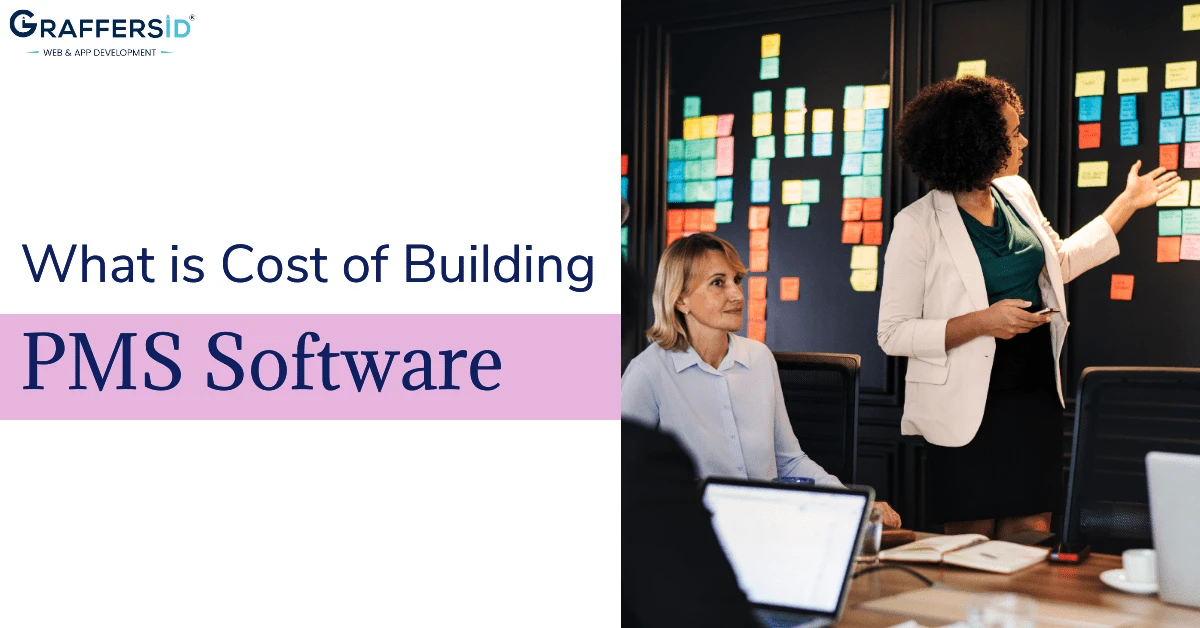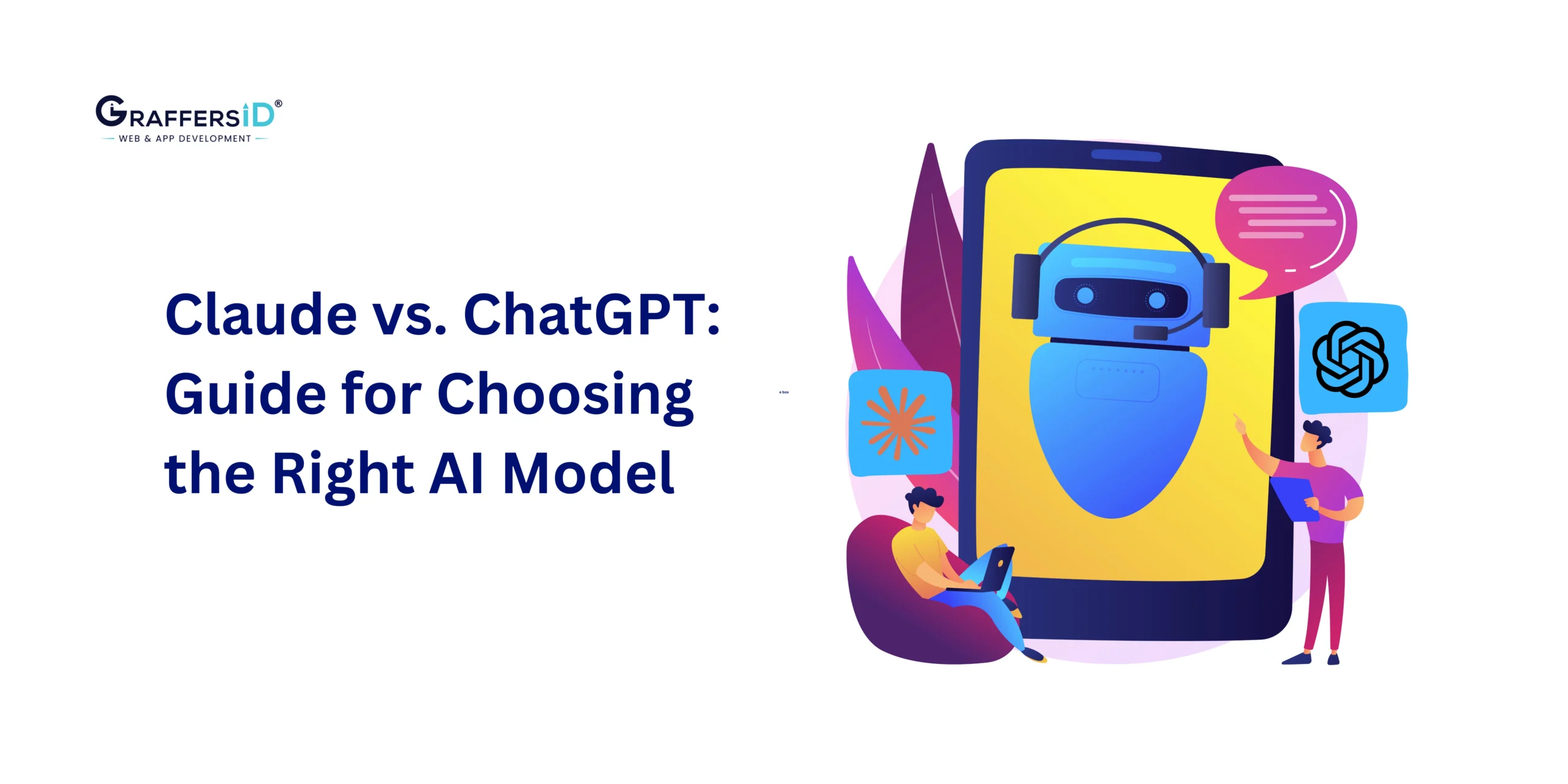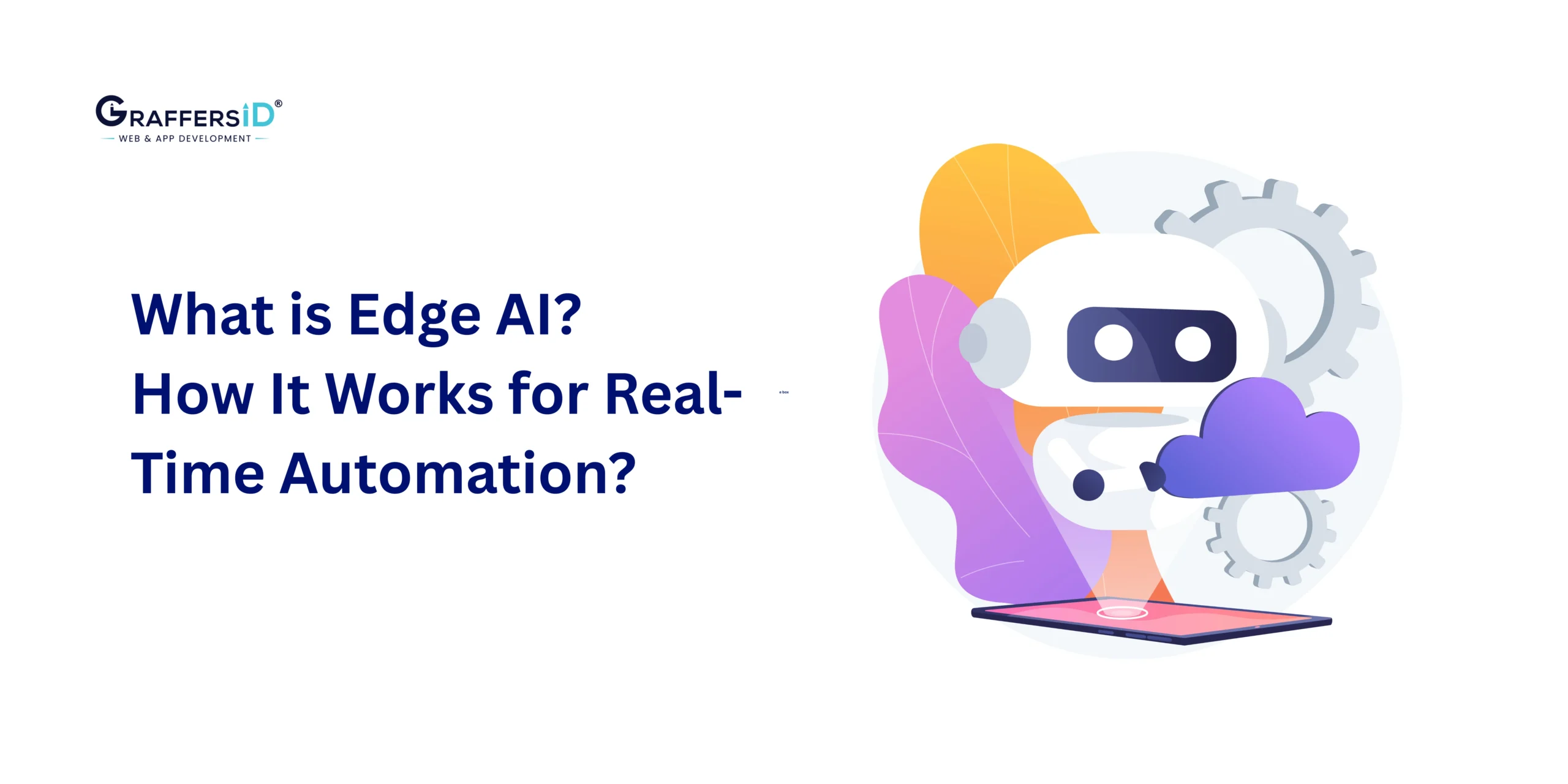In today’s fast-paced business landscape, staying ahead of the curve often means leveraging technology to streamline operations and maximize efficiency. Project Management Software (PMS) has emerged as a critical tool for businesses of all sizes, facilitating collaboration, task management, and resource allocation. In this blog, we delve into the cost of building PMS software, focusing particularly on the financial aspect. By gaining insights into the cost considerations associated with web app development in the industry, stakeholders can make informed decisions, mitigate risks, and ensure the successful execution of their projects.
Let’s explore the nuances of cost-building PMS software and unravel the key factors that influence investment decisions in this dynamic domain.
Cost Breakdown for Building PMS Software:
Building a robust Project Management Software (PMS) entails a multifaceted approach, encompassing various elements that contribute to its functionality, scalability, and user experience. Here’s a breakdown of the costs involved, along with real statistics to provide tangible insights into the financial considerations:
-
Development Team:
- Hiring skilled developers and engineers is one of the primary expenses in PMS software development. On average, the cost of a developer in the USA ranges from $75,000 to $150,000 per year, depending on experience and expertise.
- For a comprehensive PMS solution, a development team typically consists of front-end developers, back-end developers, UI/UX designers, quality assurance engineers, and project managers. The total annual cost of such a team can range from $300,000 to $1,000,000, depending on team size and location.
-
Technology Stack:
- The choice of technology stack significantly impacts development costs. Utilizing popular frameworks and libraries like React.js for frontend development and Node.js for backend development can streamline development processes and reduce costs.
- Licensing fees for proprietary software or tools may also be incurred. On average, these costs can range from $10,000 to $50,000 per year, depending on the complexity of the project and the tools required.
-
Infrastructure and Hosting:
- Hosting PMS software on cloud platforms like Amazon Web Services (AWS), Microsoft Azure, or Google Cloud Platform (GCP) incurs monthly expenses based on usage and resource allocation.
- Estimated monthly hosting costs for a mid-sized PMS application can range from $500 to $2,000, depending on factors such as server specifications, storage requirements, and data transfer volume.
-
Security and Compliance:
- Implementing robust security measures and ensuring compliance with data protection regulations are essential for PMS software, especially when handling sensitive project information.
- Costs associated with obtaining necessary certifications, conducting security audits, and implementing encryption protocols can range from $20,000 to $100,000, depending on the level of security required and regulatory compliance standards.
-
Maintenance and Support:
- Post-launch, ongoing maintenance, and support are crucial for ensuring the smooth functioning of the PMS software and addressing any issues or updates promptly.
- Annual maintenance costs typically range from 15% to 25% of the initial development cost, amounting to $45,000 to $250,000 per year for a mid-sized PMS application.
Return on Investment (ROI) After Building PMS Software:
After investing in the development of Project Management Software (PMS), stakeholders naturally seek to understand the potential return on investment (ROI) to gauge the effectiveness and profitability of their venture. Here’s an overview of the expected ROI for web apps in the industry and the influencing factors:
-
Improved Productivity and Efficiency:
- Implementing PMS software streamlines project management processes enhances collaboration, and facilitates task allocation, leading to improved productivity.
- Studies have shown that businesses utilizing PMS software experience an average productivity increase of 20% to 30%. For a company with an annual revenue of $1,000,000, this translates to a potential revenue increase of $200,000 to $300,000 annually.
-
Cost Savings and Resource Optimization:
- By centralizing project data, automating repetitive tasks, and optimizing resource allocation, PMS software helps businesses minimize wastage and reduce operational costs.
- On average, companies can expect cost savings of 10% to 20% after implementing PMS software. For a company with an annual operating budget of $500,000, this equates to potential savings of $50,000 to $100,000 per year.
-
Enhanced Client Satisfaction and Retention:
- Efficient project management facilitated by PMS software results in the timely delivery of projects, improved communication with clients, and enhanced overall satisfaction.
- Studies indicate that businesses with high client satisfaction levels experience a 5% to 10% increase in client retention rates. For a company with an annual client base of 100, this could mean retaining an additional 5 to 10 clients per year.
-
Scalability and Growth Opportunities:
- Scalable PMS software accommodates the evolving needs of businesses, allowing them to take on larger projects, expand their client base, and explore new market opportunities.
- Companies leveraging PMS software typically experience a 15% to 25% growth in revenue within the first year of implementation. For a company with an initial revenue of $2,000,000, this could translate to a revenue increase of $300,000 to $500,000.
-
Competitive Advantage and Market Differentiation:
- Adopting advanced PMS software enhances a company’s competitiveness by improving project delivery timelines, ensuring transparency, and demonstrating professionalism to clients.
- Businesses with effective PMS software solutions often gain a competitive edge, leading to increased market share and improved brand reputation




